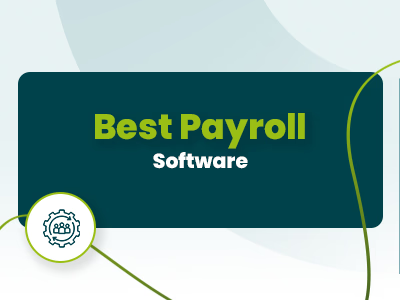Resources

Best Payroll Software
Read More
13 mins read

Deputy Vs Tanda: Which Solution Gives You Better Control Over Your Workforce?
Read More
8 mins read

TrueBill Vs NerdWallet: Your Financial Advisor!
Read More
5 mins read

PocketGuard Vs TrueBill: Choosing The Right Finance Software
Read More
5 mins read

PeopleSoft Vs Salesforce: Which Software Is Right For You?
Read More
6 mins read

Oracle Cloud Vs PeopleSoft: Choosing Your Enterprise Path!
Read More
8 mins read

Insperity Vs TriNet: Which PEO Software Is Right For You?
Read More
7 mins read

Workstream Vs Workflows HR: Which One To Choose?
Read More
7 mins read



